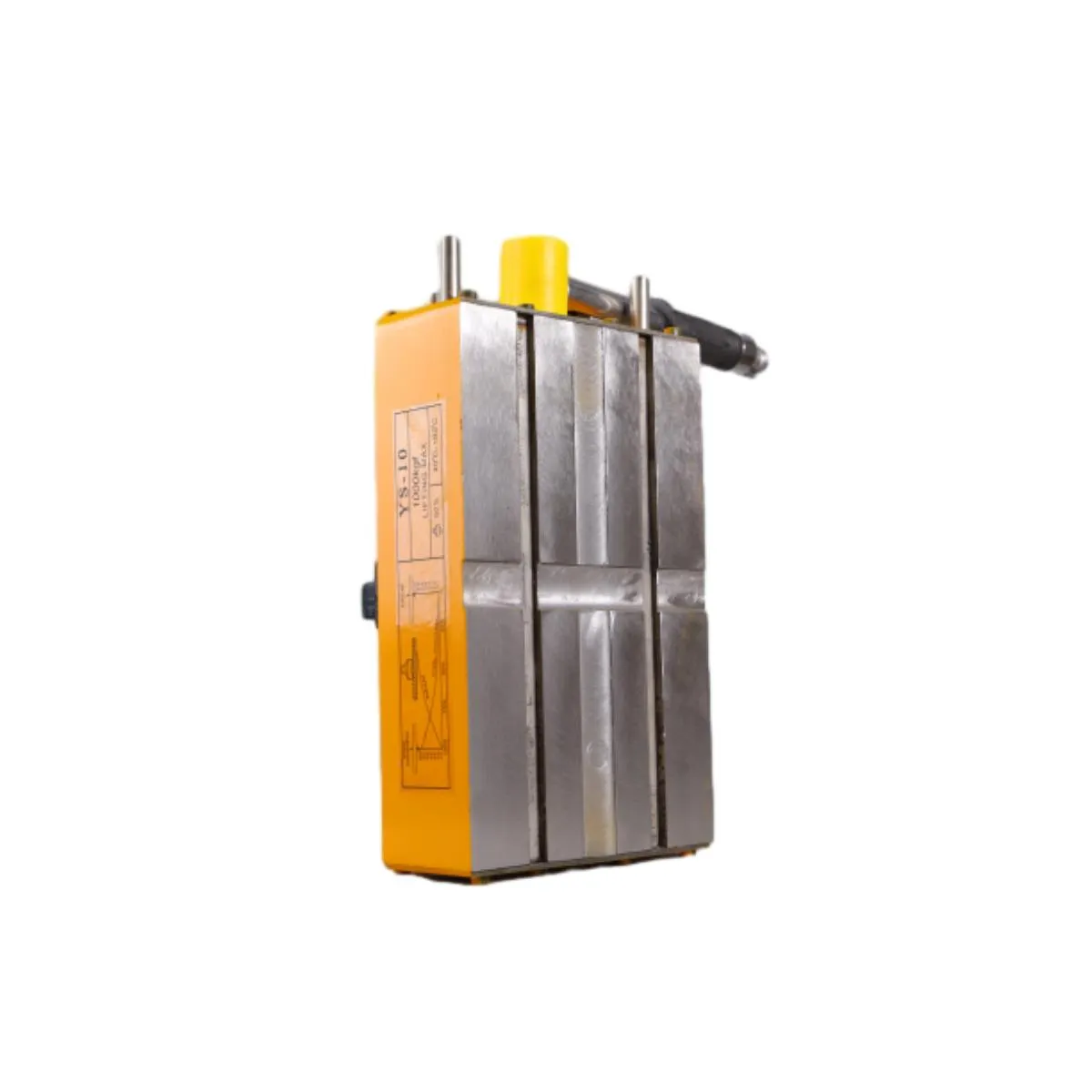roller heavy machine
Understanding Roller Heavy Machines Essential Tools in Modern Construction
In the world of construction and heavy machinery, few machines are as crucial as the roller heavy machine. Often seen in infrastructure projects such as road building, grading, and earth moving, these machines play an indispensable role in ensuring the efficiency and quality of construction work. This article aims to delve into the various aspects of roller heavy machines, exploring their types, functions, benefits, and their importance in the construction industry.
What Are Roller Heavy Machines?
Roller heavy machines, commonly known as road rollers or compaction rollers, are specialized equipment used primarily to compact soil, gravel, concrete, or asphalt. They use sheer weight, vibrations, or a combination of both to achieve the desired compaction. The weight of these machines helps to alleviate voids in the material, improving stability and density, which is essential in constructing reliable roadways and foundations.
Types of Roller Heavy Machines
There are various types of roller heavy machines, each designed for specific applications. The most common varieties include
1. Vibratory Rollers These rollers utilize vibration to enhance the compaction force, making them ideal for compacting cohesive soils and asphalt. They come in both smooth drum and padded drum designs, providing versatility depending on the type of surface being compacted.
2. Static Rollers These machines rely solely on their weight to perform compaction without the assistance of vibration. They are generally used for compacting granular soils, such as sand and gravel.
3. Pneumatic Rollers Equipped with multiple tires, pneumatic rollers offer a unique advantage by exerting pressure through the tire's contact with the material. This type is particularly effective for asphalt compaction as it can reach surfaces that require a more delicate touch compared to metal drum rollers.
4. Combination Rollers These machines combine both vibratory and static compaction methods, providing versatility for various construction tasks.
Functions of Roller Heavy Machines
roller heavy machine

The primary function of roller heavy machines centers around soil and asphalt compaction. However, their roles extend beyond mere compaction
- Surface Preparation Before laying down asphalt or concrete, rollers ensure the surface is adequately prepared, reducing the likelihood of future settling and cracking. - Layer Thickness Assurance Rollers guarantee that various layers of materials are compacted to the desired thickness, crucial for ensuring the durability of roads and structures.
- Enhanced Productivity By efficiently compacting materials, rollers help in speeding up the construction process. This increased productivity reduces overall project costs and timelines.
Benefits of Using Roller Heavy Machines
The integration of roller heavy machines into construction practices presents numerous benefits
1. Improved Safety Well-compacted surfaces minimize the risk of uneven settling, reducing the potential for accidents or damage to vehicles on roads.
2. Quality Assurance Consistent and thorough compaction results in higher-quality surfaces, which prolongs the lifespan of roads and structures.
3. Cost-Effectiveness While the initial investment in heavy machinery may be significant, the enhanced efficiency and longevity of construction projects lead to reduced long-term maintenance costs.
4. Adaptability Roller machines can be adapted to various types of materials and project needs, making them versatile tools in any construction fleet.
Conclusion
Roller heavy machines are a cornerstone of modern construction, facilitating the vital process of compaction that underpins the longevity and safety of infrastructure. Understanding the different types of rollers and their functionalities allows construction professionals to choose the right equipment for specific applications. As technology evolves, the design and efficiency of these machines continue to improve, further solidifying their role in shaping the roads and structures of tomorrow. In a world where infrastructure is increasingly crucial to the functioning of society, roller heavy machines remain an essential and trusted ally in the construction narrative.
-
Unlock Seamless Relocation with Our Heavy Equipment Moving ExpertiseNewsJun.06,2025
-
Unleash Unrivaled Flexibility with Our Adjustable Gantry CraneNewsJun.06,2025
-
Unleash Heavy-Duty Efficiency with Our Industrial Gantry Crane SolutionsNewsJun.06,2025
-
Revolutionize Steel Handling with Our Magnetic Lifter RangeNewsJun.06,2025
-
Master Equipment Mobility with Premium Machinery Mover SolutionsNewsJun.06,2025
-
Elevate Your Material Handling with Magnetic Lifter TechnologyNewsJun.06,2025
-
YS Permanent Lifting Magnets: The Smarter Way to Handle SteelNewsMay.22,2025
